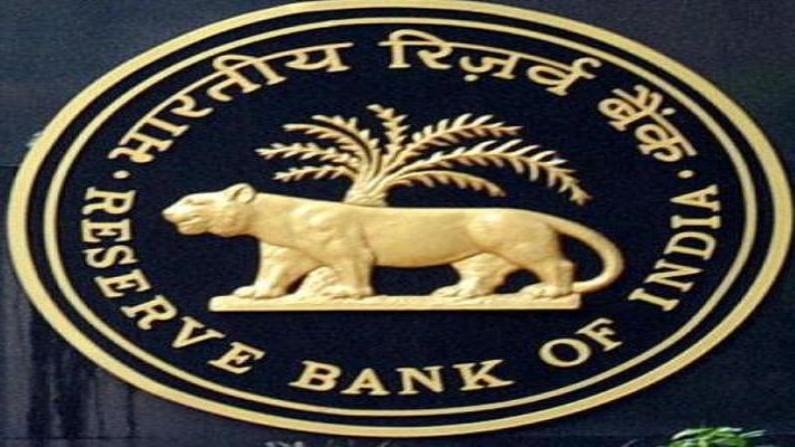Explained | Repo rate, reverse repo and CRR
Movement is repo rate, reverse repo rate and cash reserve ratio affects the interest you earn and the EMI you pay

The RBI’s Monetary Policy Committee on April 7 kept the repo rate unchanged at 4% and maintained accommodative stance.
The RBI which has primary objectives of controlling inflation, uses several tools to achieve this objective.
The repo rate, reverse repo rate, and cash reserve ratio (CRR) are some of the tools.
Repo Rate
When we need money and run out of savings, we take loans from banks. Banks in turn charge certain interest rate on these loans from us. This is called as cost of credit (the rate at which we borrow the money).
Similarly, when banks are in need of money, they approach the RBI. The rate at which banks borrow money from the RBI is known as “Repo Rate”. Repo rate is short form of Repurchase Rate. Generally, these loans are for short durations up to two weeks.
Repo Rate is used by the RBI essentially to control credit availability, inflation, and the economic growth.
Repo Rate is a significant rate for the common man too.
Everything from interest rates on loans to returns on deposits is influenced by this crucial rate set by the RBI, which is why interest rates on home loans, car loans and other kinds of borrowings go up and down based on the direction of Repo Rate change. Similarly, banks adjust savings account, fixed deposit returns based on this benchmark rate.
So whenever the repo rate is cut, can you expect both the deposit rates and lending rates of banks to come down too?
This may or may not happen every time as the repo rate cut does not get automatically transmitted to the individual bank customers. The lending rate of banks goes down to the existing bank borrowers only when the banks pass on such cuts to the customers.
In the current scenario, the repo rate is at 4%, and the reverse repo rate is 3.35%. The RBI had last revised its policy rate on May 22, 2020 in an off-policy cycle to perk up demand by cutting interest rate to a historic low of 4%. Since then it has maintained a status quo.
Experts are of the view that given the rise in the spread of coronavirus infections and the imposition of fresh restrictions to contain the virus spread in the major parts of the country, RBI is likely to continue with its accommodative monetary policy stance in the current review as well.
Reverse Repo Rate
Reverse Repo Rate is actually the opposite of Repo Rate.
The RBI borrows money at this rate from the banks for the short term. In other words, the banks park their excess funds with the central bank at this rate. When banks have surplus funds but have no lending (or) investment options, they deposit such funds with RBI to earn interest on such funds.
Cash Reserve Ratio
CRR is the amount of funds that banks have to maintain with the RBI. The objective of the CRR is to ensure that the banks maintain a minimum level of liquidity against their liabilities so that they don’t run short of liquidity in case of excess demand for funds and these have to be maintained with the RBI on a daily basis.
The RBI uses the CRR to drain out excessive money from the system.
The RBI cuts CRR when it wants to increase the liquidity in the banking system and boost credit. A cut in CRR is also profitable for banks because they can now convert their idle non-income bearing deposits into income-earning assets.
If the central bank decides to increase the CRR, the amount available with the banks goes down thereby reducing their lending capacity. The RBI does that to remove excess liquidity in the system.

